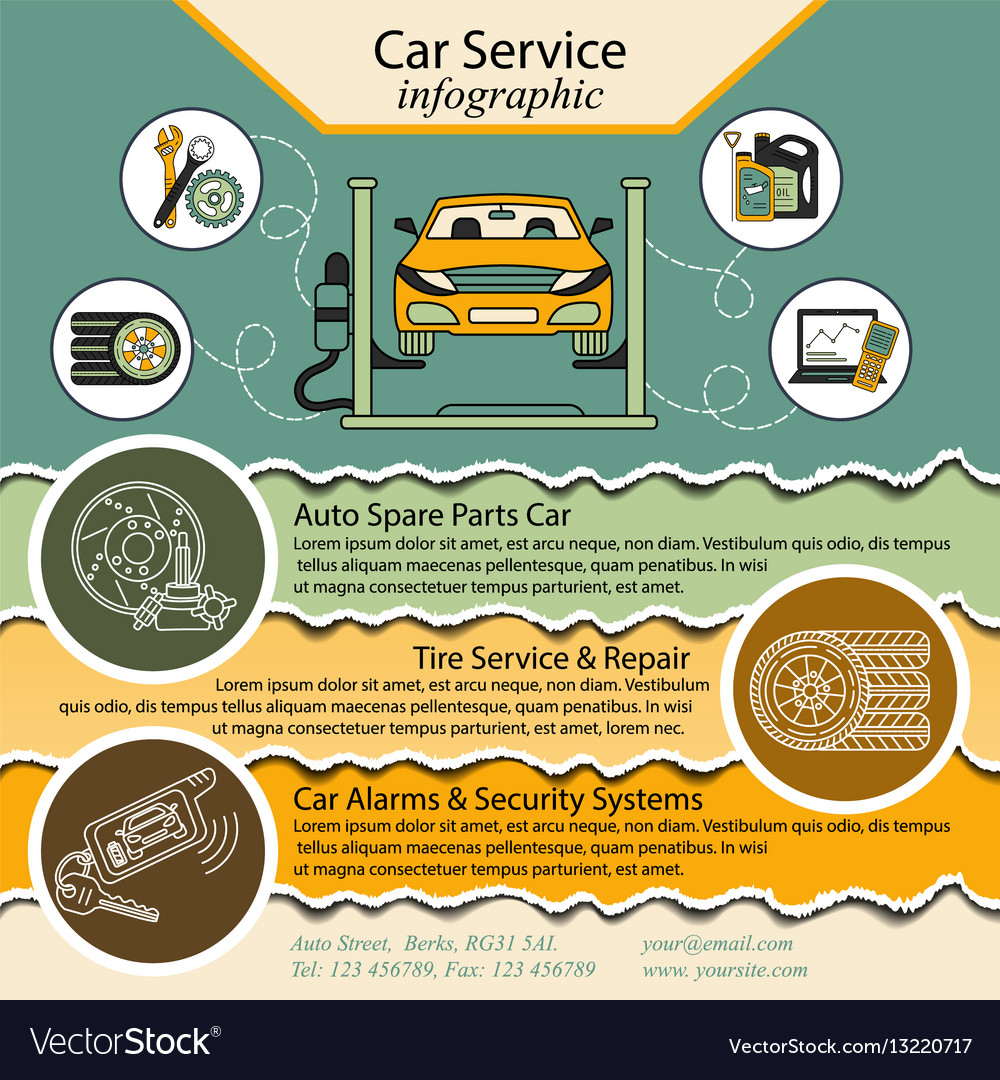Wondering Concerning The Meaning Behind Those Control Panel Caution Lights? Gain Understandings Right Into Their Implications For Your Vehicle'S Safety And Security And Maintenance
Wondering Concerning The Meaning Behind Those Control Panel Caution Lights? Gain Understandings Right Into Their Implications For Your Vehicle'S Safety And Security And Maintenance
Blog Article
visit the following page Created By-Vinson Alvarado
When you're behind the wheel, those radiant warning lights on your control panel can be a bit complicated. Do you recognize what they're attempting to inform you regarding your auto's wellness? Understanding the relevance of these lights is important for your safety and the long life of your vehicle. So, the next time one of those lights turns up, would not you intend to analyze its message accurately and take the needed actions to resolve it?
Common Caution Lighting and Interpretations
Recognize usual caution lights in your auto and recognize their significances to ensure risk-free driving.
click for source include the check engine light, which signals issues with the engine or emissions system. If https://oilchangeplaces62839.webbuzzfeed.com/32654707/the-comfort-of-mobile-car-detailing-changes-your-car-s-appearance-but-is-it-as-reliable-as-conventional-approaches-discover-the-fact-behind-this-service comes on, it's essential to have your lorry examined immediately.
The oil pressure alerting light indicates low oil pressure, needing prompt interest to stop engine damages.
A flashing battery light could recommend a faulty charging system, potentially leaving you stranded if not dealt with.
The tire stress surveillance system (TPMS) light notifies you to reduced tire pressure, impacting automobile security and gas effectiveness. Disregarding this could bring about unsafe driving conditions.
The abdominal light indicates a trouble with the anti-lock stopping system, jeopardizing your capacity to stop swiftly in emergencies.
Finally, the coolant temperature level cautioning light warns of engine getting too hot, which can lead to extreme damage otherwise resolved promptly.
Understanding these usual caution lights will help you address problems immediately and preserve secure driving conditions.
Value of Prompt Attention
Comprehending the usual caution lights in your auto is just the very first step; the value of immediately addressing these cautions can't be highlighted sufficient to ensure your safety and security on the road.
When a caution light brightens on your dashboard, it's your car's way of connecting a prospective concern that needs interest. Overlooking these cautions can cause a lot more serious problems in the future, compromising your safety and security and potentially costing you a lot more out of commission.
Trigger attention to alerting lights can stop breakdowns and accidents. For instance, a blinking check engine light might indicate a misfire that, if left neglected, can create damage to the catalytic converter. Addressing this quickly can conserve you from a costly repair.
Likewise, a brake system cautioning light may indicate low brake fluid or worn brake pads, crucial components for your security when driving.
DIY Troubleshooting Tips
If you notice a warning light on your control panel, there are a couple of DIY troubleshooting tips you can try before seeking specialist aid.
The primary step is to consult your vehicle's handbook to comprehend what the details warning light suggests. Often the problem can be as simple as a loose gas cap triggering the check engine light. Tightening the gas cap may settle the problem.
source web page is a reduced battery, which can cause different advising lights. Examining the battery connections for corrosion and ensuring they're protected may take care of the trouble.
If a caution light continues, you can attempt resetting it by disconnecting the automobile's battery for a couple of mins and after that reconnecting it. In addition, inspecting your car's fluid levels, such as oil, coolant, and brake fluid, can aid repair warning lights associated with these systems.
Conclusion
Finally, understanding your car's caution lights is important for maintaining your lorry running smoothly and safely. By without delay attending to these informs and understanding what they indicate, you can prevent costly repairs and possible malfunctions.
Bear in mind to consult your car's handbook for particular information on each advising light and act appropriately to ensure a hassle-free driving experience.
Stay notified, stay secure when traveling!
